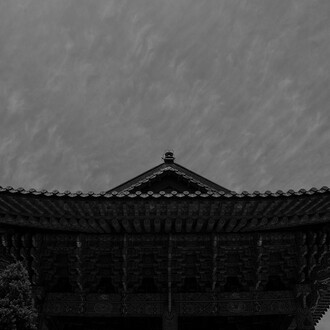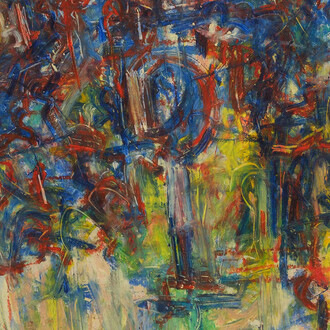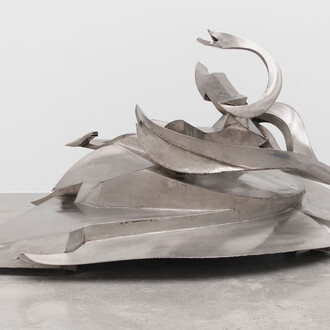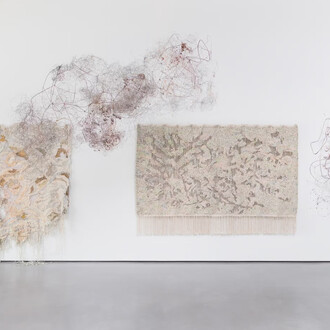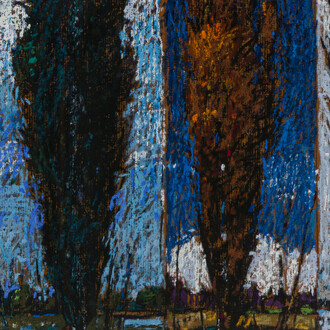Gladstone presents Walter Pichler: Sculptures, drawings, models, marking the artist’s first exhibition with the gallery since 2001, curated by Olivia Shao. Comprising fourteen works from across Pichler’s rich career, the show highlights the wide range of mediums in which he practiced, including photography, sculpture, and drawing, as well as his exploration of architecture, history, and the relationship between the human body and technology. This exhibition marks a special tribute to late gallery founder Barbara Gladstone, as it was the last presentation she actively oversaw, in close dialogue with Shao and the Walter Pichler Estate.
Walter Pichler shunned the limelight of the artworld and the art market, adopting, instead, the quiet surroundings of his home in Saint Martin, a small village in southeastern Austria, where he lived from 1973 until his death. It was there that he built a series of buildings to house his sculptures. In all his work lies a profound synergy between space and form. This fluid exchange between the built environment and sculpture has at its source a small figurine, perhaps a Christ figure, that he found in a barn on his land when he first arrived. He was inspired to build an altar for it and converted the building into a specially- designed receptacle to house this enigmatic item.
Working slowly with no external pressure, he immersed himself in the process of melding sculpture, landscape, and architecture, utilizing formal systems reliant upon equilibrium and frontality. He drew upon traditional building materials such as lead, clay, iron, wood, and glass to construct both edifice and art, spaces for meditation and observation, as well as objects for contemplation. The resulting compound for his work recalls Donald Judd’s Chinati Foundation in Marfa, Texas or, even earlier, Kurt Schwitters’ Merzbau in Hannover, Germany from 1923-37. This constructed environment became a lifelong undertaking for the artist, and it is a rare opportunity to encounter his sculptures and drawings outside of it.
Pichler’s architectural credentials date to his early studies at the Kunstgewerbeschule in Innsbruck and the University for Applied Arts in Vienna, after which he frequently collaborated with famed Austrian architect Hans Hollein. Together they formulated a kind of visionary architecture, freed from the constraints of actual construction. His Prototypen (prototypes) series, dating from 1967, imagines a hybrid zone between designing, building, and sculpting. Many of his early drawings from this period envision fantastical non-spaces that coexist as site and as form, morphing into imaginary architectural spacecraft.
At the time, Pichler deployed unconventional materials borrowed from industrial production like automobile and space technology, such as plastics and aluminum. In 1968, he was included in Documenta 4 with TV-Helm (Tragbares wohnzimmer) (TV Helmet [Portable living room]) and Radioweste (Radio vest), both 1967. And a year later, for William Klein’s film Mr. Freedom, he created a cubicle out of PVC tubes and metal pipes. These works tied him to a Pop-art sensibility during the 1960s and 70s, but Pichler’s practice remains too nuanced and eccentric to ever be situated within one particular artistic movement.










